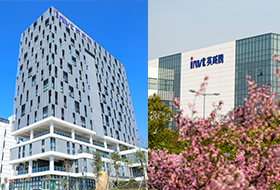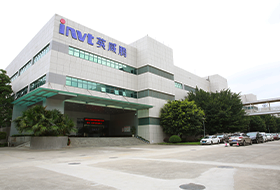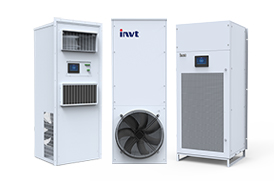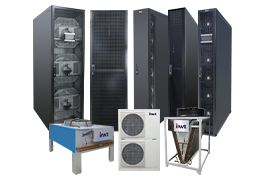How to prevent data center outages?
Every data center outage is costly. As the pace of digitization accelerates, the pressure to maintain uptime is extremely challenging. Considering the increase in data center load, it is already difficult for humans alone to handle the large number of problems arising from the increase in complexity. Today, more than ever, IT operations teams are required to manage complex IT infrastructures. This, combined with ever-increasing data volumes, makes the task of IT teams more difficult to manage in today's dynamic, ever-changing IT environment. This increases the possibility of outages. Despite many technological advances, outages are common and increasing. The Uptime Institute's 2022 Annual Disruption Analysis Report highlights that one in five organizations reported experiencing "significant" or "significant" disruptions involving significant financial loss, reputational damage, and compliance breaches in the past three years.
1. Reasons for data center outages
Reasons for interruptions vary. From network failures, to hardware or software failures, to power outages, cyber-attacks, and human error, there are many reasons why data centers can be disrupted. Let's look at the top causes of service outages and recommend best practices to mitigate them:
(1) Network problem:
According to Uptime's 2022 Data Center Resilience Survey, over the past three years, network-related issues have become the single largest cause of all IT service disruption incidents -- regardless of severity. Outages due to software, network, and system issues are increasing due to the complexities brought about by the increasing use of cloud technologies, software-defined architectures, and hybrid distributed architectures.
(2) Problems related to power supply:
Power-related outages accounted for 43 percent of outages classified as critical (resulting in downtime and financial loss). According to Uptime, the single largest cause of power incidents is uninterruptible power supply (UPS) failure.
(3) Human error:
The same Uptime survey revealed that the vast majority of outages related to human error involved neglected or inappropriate procedures. Nearly 40% of organizations have experienced a major outage caused by human error in the past three years. Of these incidents, 85 percent were due to employees failing to follow procedures or flaws in the procedures themselves.
(4) Ransomware and DDoS:
Cyber attacks can also be a major cause of outages. Data breaches caused by ransomware and DDoS attacks are common these days and can cause business disruption. As ransomware becomes more sophisticated and pervasive, it's gaining prominence on the boardrooms of large corporations. A report from NTT Security Holdings states that the ransomware epidemic is impacting business continuity, with ransomware incident response businesses growing by 240% over the past 24 months.
2. Best practices for preventing outages
Resiliency is a key attribute of the data center, and every enterprise must strive to prevent disruption through a series of initiatives. First, organizations must regularly analyze the resiliency of each critical component of the data center ecosystem, such as power, cooling, connectivity, service providers. Data center temperature is directly related to data center equipment failure. Therefore, monitoring the temperature becomes extremely important to prevent any possible failure or shutdown of the equipment. A failure of the UPS system can also cause an outage. Since most UPS systems are never truly tested before a power failure, consistent remote monitoring of UPS systems can help provide real-time alerts and alert administrators to potential problems before they cause an outage. Software glitches can also cause interruptions and downtime. Therefore, regular software updates and patches are necessary. To ensure regular patches, AI can be used to scan for vulnerabilities and apply software updates or patches when required. AI can also be used to proactively identify issues related to data center equipment or application performance or security. Network-related outages can be prevented by using a combination of proactive network monitoring and using automation to minimize the chance of human error. Network redundancy is also desirable, meaning that if one network fails, an alternate network from a different service provider can be used. Ideally, hiring a third-party service provider that can audit resilience and provide an independent, unbiased assessment to understand and benchmark resilience. Choosing the right DR process can also help recover quickly from outages. To ensure protection against ransomware, organizations must reduce user privileges, eliminate any end-user administrators, and use multi-factor authentication (MFA), as this greatly limits opportunities for attackers to move laterally. Network segmentation can reduce attack vectors, while the implementation of policy-based isolation of user endpoint detection and response (EDR) solutions can help prevent the spread of malware. Research shows that many data center outages are entirely preventable and avoidable. Most disruptions can be avoided if organizations invest in the right equipment, technology, and processes.

 networkpowersales@invt.com.cn
networkpowersales@invt.com.cn



























